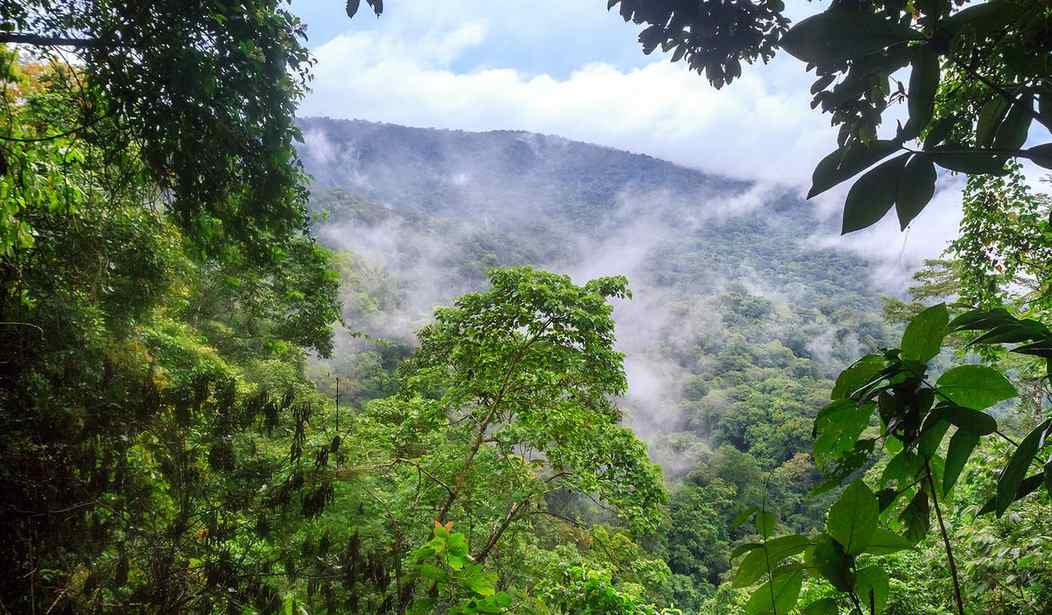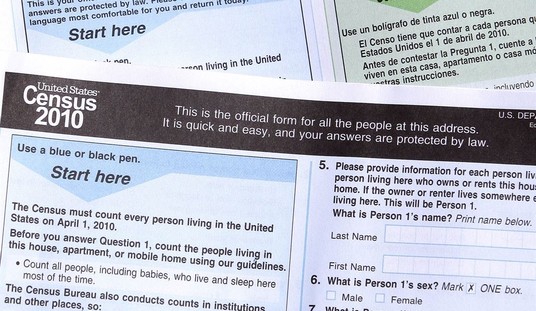The State Department’s April 2015 “Country Report on Terrorism” no doubt came as sweet music to the ears of Special Interest Alien (SIA) smugglers. These are the smugglers of migrants from the spawning grounds of Islamic terrorism that, as I have been arguing, American homeland security leaders must strategically target with much greater aplomb to reduce the prospect of a Paris-like border infiltration attack here.
The April 2015 report noted that Latin American nations had only made “modest improvements to their counterterrorism capabilities and their border security” from the previous year(s). It noted corruption, weak government institutions, weak or non-existent legislation, and lack of resources as primary causes for little counterterrorism progress.
Conditions like those are, to SIA smugglers, pretty much a free pass to move their human contraband — and terrorist travelers posing as asylum seekers — from the Middle East through Latin America to the U.S.-Mexico border. That’s how so many of the Paris attackers did it in Europe: their smugglers took advantage of the same advantageous institutional weaknesses in Turkey, Italy, the Balkans, Hungary, Greece, and other countries.
One might forgive developing Latin American nations, relatively new to democracy, for slow progress in achieving basic state functionalities that could disrupt or deter such U.S.-bound smuggling of Paris-like terrorists. But less forgiveness is warranted for easily reversible formal government policies, which — as I found in my Naval Postgraduate School thesis research — overtly assist SIA smuggling.
I call the policy “catch, rest, and release,” and peg it squarely on two countries that are among our closest southern allies: Panama and Mexico. Rather than detain, investigate, and deport, Panama and Mexico provide housing, food, and medical services for a couple of weeks, and then release the migrants with full legal status. They know this will enable the travelers to continue unmolested out of their own territories and towards America’s southwestern border.
That’s why “catch, rest, and release” is a third attackable fail point of the smuggling networks, right up there with Latin America’s enabling diplomatic stations inside Islamic nations and with the multi-talented, hard-to-replace smuggling kingpins.
To understand the significance of “catch, rest, and release” to the SIA smugglers and their clients, one must grasp that migrants are paying once-in-a-lifetime fortunes to make it as far as Panama and Mexico. The mere prospect of deportation from one or both of those countries, short of the American border, portends a devastating financial loss not easily raised again for second attempts. Certainly, smugglers would have to charge more for routing adaptation that would have prospective migrant clients thinking twice about paying to attempt the new gauntlet. Therefore, in my estimation, lengthy detention and deportation from Panama and Mexico would threaten the viability of many SIA smuggling organizations.
Instead, the current policies of Panama and Mexico provide such a level of comfort and aid that SIA smugglers have come to count on them. Let’s use a clarifying example to see how all this works.
Panama, for instance, is a bottleneck bridge connecting South America — where many SIAs first land — to Central America. SIAs must traverse Panamanian territory to get to the U.S.-Mexico border. To get there, they must first exit Colombia territory and enter into a 40-mile, unpatrolled jungle wilderness of Panama known as the Darien Gap. The smugglers have no worries in Colombia; the 2014 State Department report stated that Colombian border security “remained an area of vulnerability” in part because only 1,500 of the country’s 180,000 national police officers were devoted to border security — elsewhere. In turn, Panama has left the Darien to the smugglers as well. The State Department report said Panama continued a “struggle to exert sovereignty in the underserved Darien region,” through which an estimated 7,000 migrants traveled in 2013 alone (8,432 during 2014, and 3,800 during the first three months of 2015).
With no border patrolling in the Darien wilderness, exhausted migrants who achieved the three-to-seven day journey eagerly turned themselves in to Panamanian security forces waiting at trail’s end, knowing they would be provided with food, housing, and a release with legal status. Within a few weeks, SIA migrants are thus able to continue northward, well-rested, refreshed, and legal. Otto Reich, former U.S. assistant secretary of State for Western Hemisphere Affairs, told the Wall Street Journal that, despite knowing this human traffic threatened U.S. national security, Panamanian officials “know they are coming to the U.S. and … will no longer be Panama’s problem.”
Mexico, the other key bottleneck transit country, appears no less helpful.
Once through Guatemala, which amounts to an unimpeded “super highway of human smuggling,” SIAs gladly turn themselves in to Mexican immigration authorities. An ICE agent testifying in the 2010 asylum fraud case of Somali smuggler Ahmed Mohammad Dhakane described Mexico’s policy:
“Most of them, all of the East Africans and many from the Middle East, they will surrender at Tapachula (in the state of Chiapas bordering Guatemala), the Mexicans will hold them for, you know, ten to fifteen days, and then they will give them an order of deportation, and they are given 30 days to leave the country at that point.”
On the day after a Paris-like border infiltration attack on the American homeland, our political and diplomatic leadership may well start to ask themselves: with friends like Panama and Mexico, who needs enemies?









Join the conversation as a VIP Member